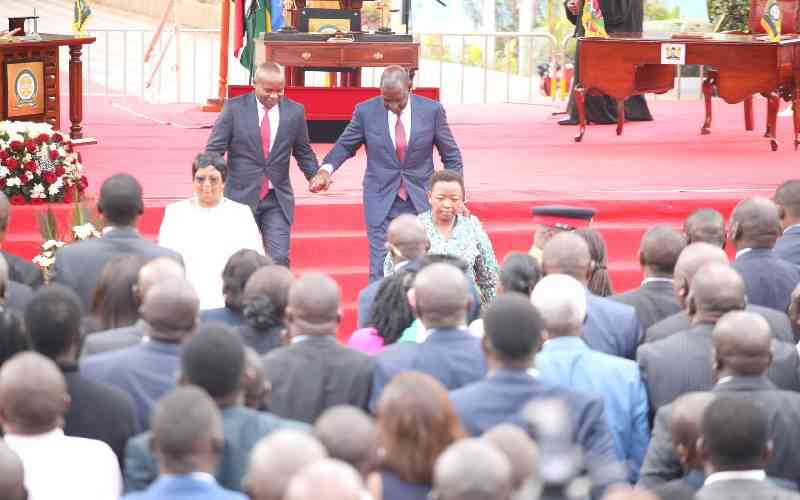
As the dust settles from a dramatic period in Kenyan politics, during which the office of the deputy president was vacated and swiftly filled within a month, a critical observation emerges: Are Kenyan voters transitioning into spectators of political shadow plays?
This high-profile political drama, characterised by a blend of mediatised quasi-legal proceedings in Parliament and formal legal processes in the courts, thrust the voter into an immersive civic education experience. Many Kenyans, like myself, started quoting constitutional articles, referencing various provisions and even attempting to conclude how the court would rule. These were not the intended outcomes of the political duel, but they have benefited many citizens in deepening their knowledge on what constitutionalism is all about. This is a digression though.







